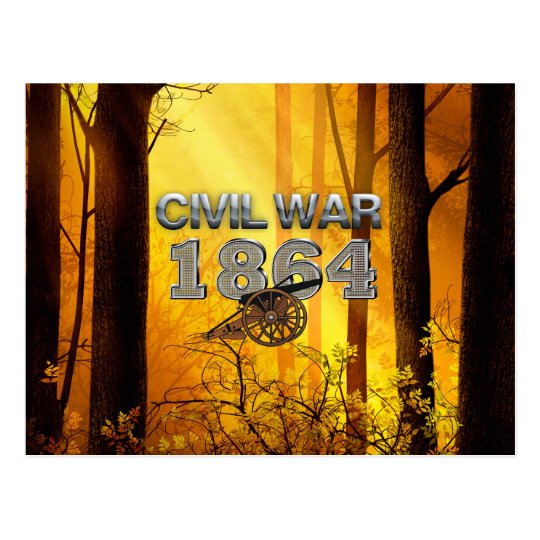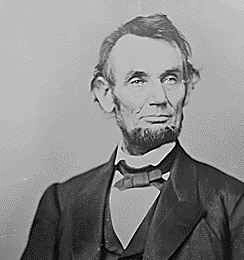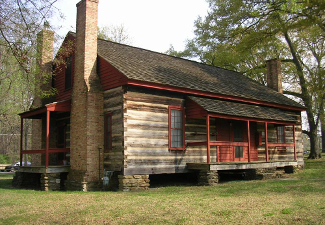Civil War Timeline - Major Battles
For four years from 1861-1865, battles were waged around the landscape of the United States, pitting brother against brother in a Civil War that would change the history of the USA forever. Over 720,000 of our citizens would perish in the battle for state's rights and slavery. Major battles were fought from Pennsylvania to Florida, from Virginia to New Mexico, and in the end, there would be one nation, under God, and indivisible, that last trait in jeopardy through the first half of the 1860's. The battles listed below are considered Class A/B (Decisive/Major) battles by the American Battle Protection Program of the National Park Service.
-
1864
-
To the 1860s
Click here to Sponsor the page and how to reserve your ad.
-
Battle Timeline






